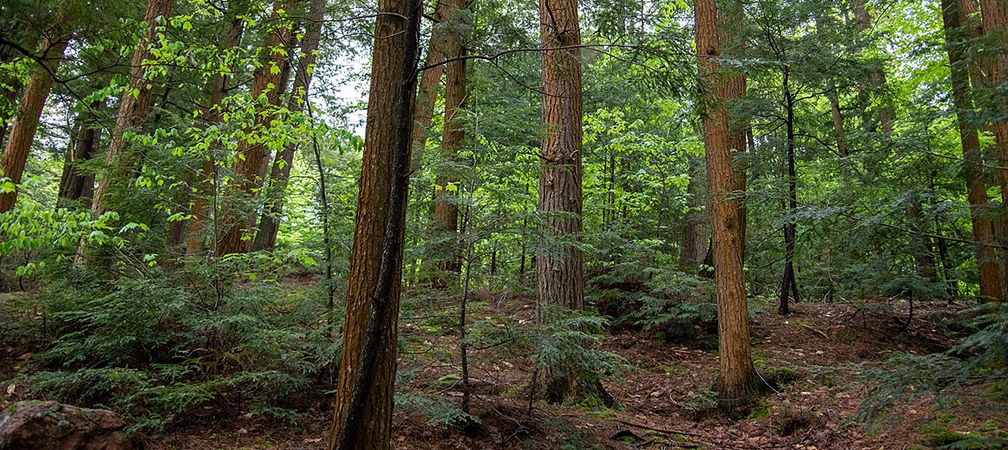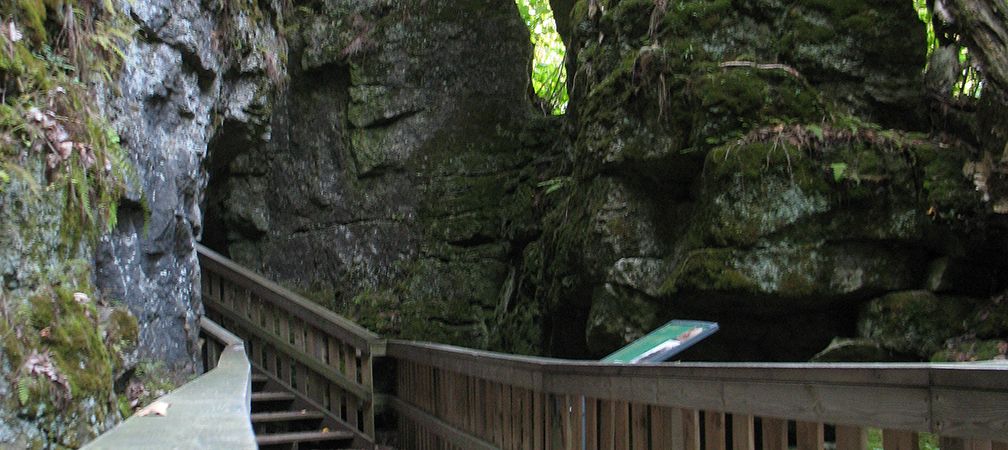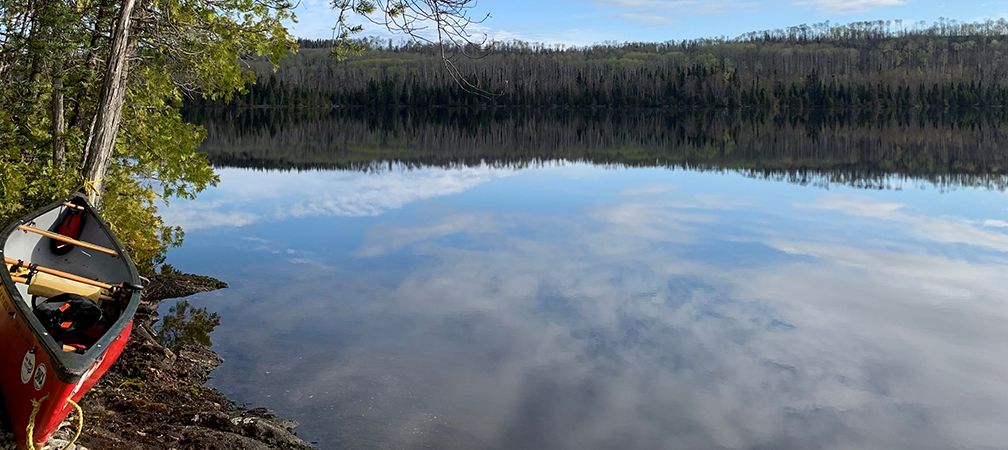Quetico Provincial Park, mature white pines © Noah Cole
Nature advocates have come a long way since the days of “fortress conservation” when nature was thought to be a place where humans aren’t. We now understand that humans have always been a part of nature, and conservation doesn’t work if it comes at the cost of Indigenous rights or local livelihoods. But it seems the pendulum is swinging too far in the opposite direction in some of the province’s protected areas. Even protected intact forests and wetlands are “open for business”. Is there anything that’s off the table?
Bulldozing Nature So People Can Enjoy Time Outdoors
Ontario Nature knows the value of ecologically sustainable recreation. People will only stand up for nature if they have a connection with it. Furthermore, the physical and health benefits of time in nature are vast. That’s why we looked forward to hearing about a new provincial park last summer. Instead, we got a step backwards for nature. Rather than take the opportunity to contribute to protecting 30% of the planet’s lands and waters by 2030, the province is carving up Bigwind Lake Provincial Park.

A roadless area of forests and wetlands in an increasingly fragmented landscape is not the place to jam in new paved roads, motorhomes, parking lots, sewage systems and building complexes. Since this major development is going ahead, Ontario Parks needs to show leadership and use modern methods to minimize the harm that it causes, including preventing reptile and amphibian roadkill, reducing light pollution in species at risk bat habitat, and warding off bird strikes on park buildings.
Park Management by Petition
Some ecosystems are too rare or too fragile to support recreational use. Sometimes provincial parks exist to protect these ecosystems. This is especially true for provincial parks that are classified as nature reserves, or the nature reserve zones within other classes of provincial parks. The existing law and policies that govern provincial parks make it clear that these areas should be off-limits to activities that could damage them.

And yet, the province has been entertaining proposals from recreational groups to change the rules for climbing in some cliff ecosystems. This is despite strong ecological evidence that these areas are too sensitive to support climbing at these locations. Ontario Nature will be watching closely for the required public consultation on these proposals.
An Act That Didn’t Live Up to Its Potential
Ontario Nature has a long history of advocating for ecologically-appropriate management of provincial parks. When the Provincial Parks and Conservation Reserves Act came into force in 2007, conservation groups celebrated. This legislation, which lays down the law for over 600 protected areas in Ontario, put biodiversity at the forefront, while allowing for “compatible, ecologically sustainable recreation.”
Almost 20 years later, the much-lauded principle of ecological integrity has lost its shine. While Ontario Parks touts itself as being a “world class parks system”, its own reporting shows that it’s doing a middling job of the protection side of its mandate.
Assuming that provincial parks are places where biodiversity is safe is a risky assumption. As an Ontario Parks official recently stated, “The Government of Ontario believes Ontario [provincial] parks are places where recreational activity should be encouraged.” The environmental organizations who worked hard to get the current legislation in place would argue that Ontario’s provincial parks are places where ecologically-sustainable recreation should be encouraged, but not at the expense of ecological integrity. Just as the legislation says.

They’re Your Parks Too
When you visit provincial parks, let the staff know that the park is more than just a campground or a beach to you – it’s also one of the remaining safe spaces for nature in our province. Sign up for our email list to get updates on Action Alerts and other news about protected places in Ontario. You can also use our Protected Areas Action Alert to let decision-makers know that we need more protected areas, not less.

Corina Brdar has spent her career working in and for nature in Ontario and across Canada. She provides leadership for Ontario Nature’s conservation policy initiatives as the Conservation Policy and Planning Manager. Her other vocation is sharing the practice of nature journaling with others.
- SEO Powered Content & PR Distribution. Get Amplified Today.
- PlatoData.Network Vertical Generative Ai. Empower Yourself. Access Here.
- PlatoAiStream. Web3 Intelligence. Knowledge Amplified. Access Here.
- PlatoESG. Carbon, CleanTech, Energy, Environment, Solar, Waste Management. Access Here.
- PlatoHealth. Biotech and Clinical Trials Intelligence. Access Here.
- Source: https://ontarionature.org/have-ontarios-protected-areas-lost-their-way-blog/
